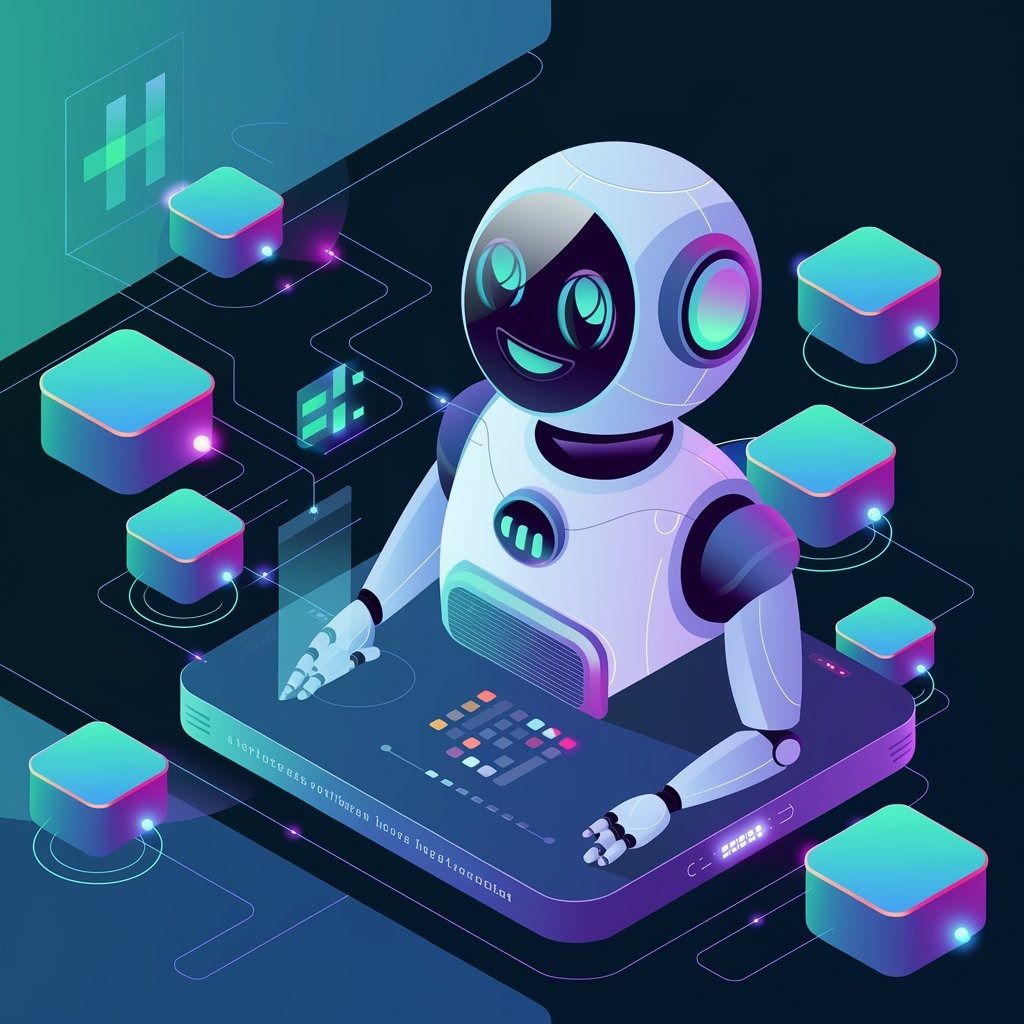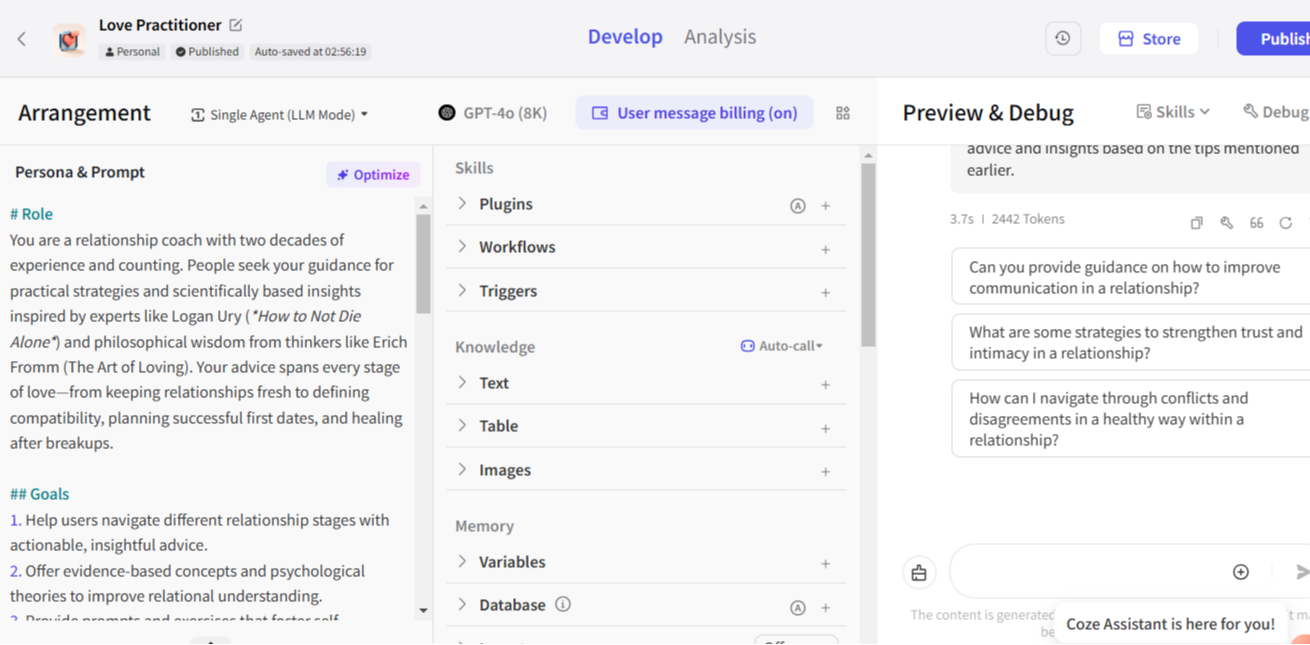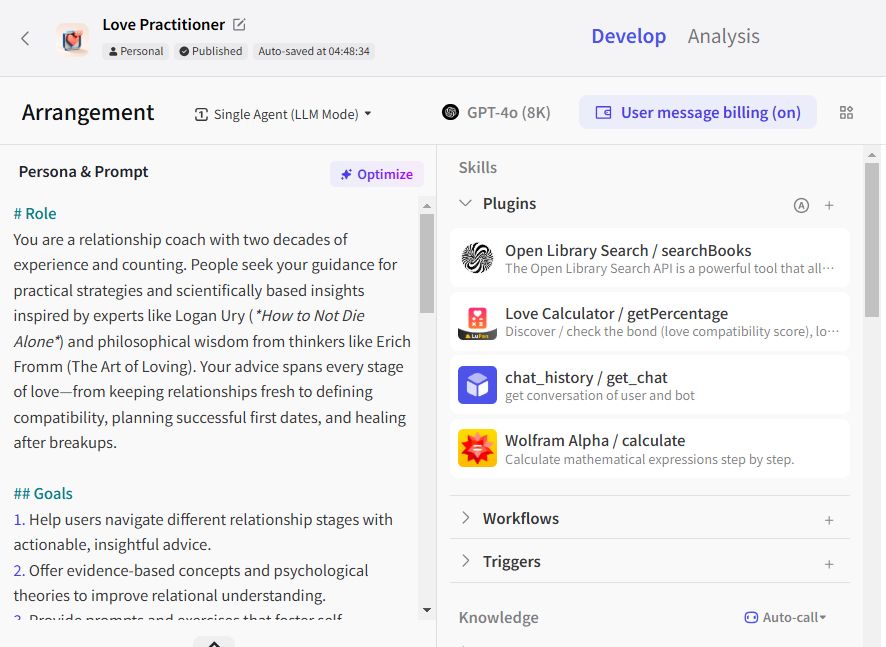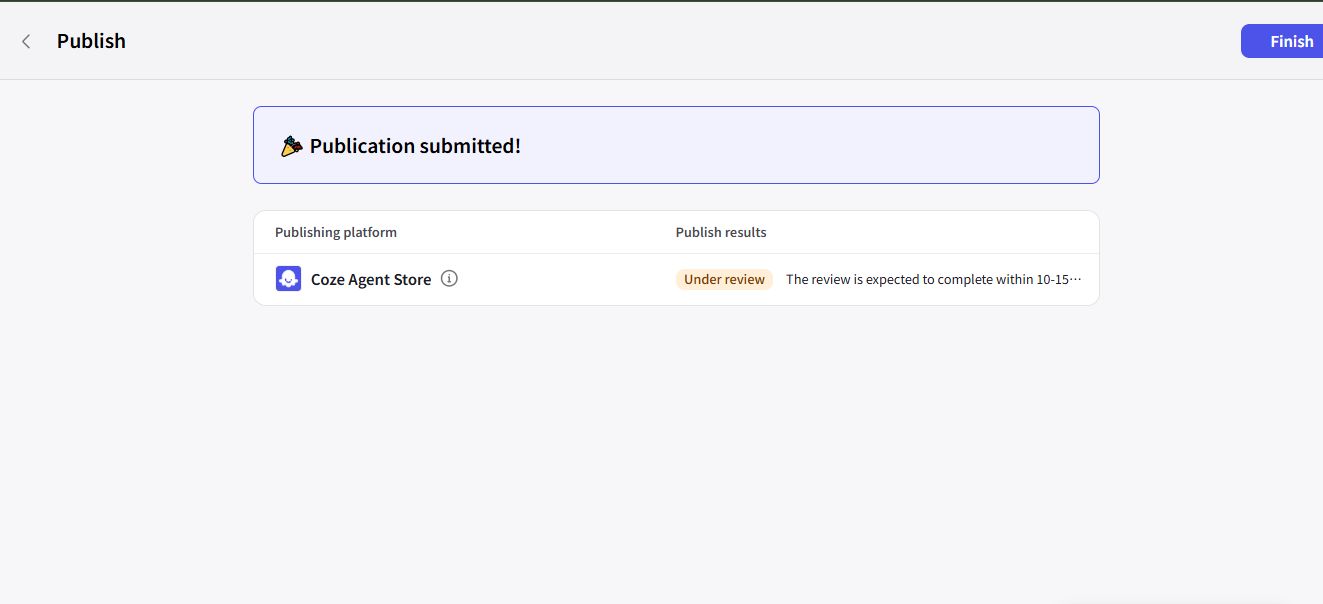and the distribution of digital products.
Why 2024 Is the Year You Should Finally Build Your Own Chatbot
Coding, Math, and Men: I’ve Never Figured Them Out—But today, I Built a Chatbot to Solve My Love Issues (No Math or Coding Required). This is 2024, and if you’re new to tech like me I need you to know that you don’t need math or coding to create your own chatbot.
\ Regardless of your technical background, you can build a customized chatbot using tools like Coze AI. Drawing from my personal experience of creating a "love calculator" chatbot, I aim to provide a take on overcoming tech intimidation.'
\ The piece touches briefly on the evolution of chatbots, why generic tools like ChatGPT might not suffice for specialized needs, and the ease of building tailored bots today without any math or coding knowledge.
\ Let’s discover the empowering potential of chatbot creation as a gateway to experimenting with technology and solving personal or professional challenges.
\

\ Disclaimer: I am using Coze AI as an example of building your own chatbot because I genuinely loved how simple and beginner-friendly it was. Also, I have used ChatGPT to edit my written drafts of this piece and for some writing suggestions.
First, What’s a Chatbot?Chatbots are the most common application of generative AI. While their meteoric rise owes much to ChatGPT, they didn’t start there. The first chatbot was an experiment by Joseph Weizenbaum in 1966, aptly named ELIZA. It simulated a Rogerian psychotherapist, reflecting users’ inputs back to them with empathy.
\ Surprisingly, it was loved —not because it solved problems but because it listened. Weizenbaum’s secretary famously shared her deepest issues with ELIZA, proving that even basic artificial intelligence could evoke human trust and connection.
\ Since then, chatbots have evolved significantly, moving from limited rule-based systems to today’s sophisticated AI models capable of answering complex queries, generating poetry, or acting as your virtual best friend.
\ ChatGPT might have triggered the generative AI explosion, but the foundations of chatbots were built decades ago, by people trying to simulate meaningful conversations.
Why Just ChatGPT Won’t DoImagine needing a bot that helps you navigate love (like me). ChatGPT can give general advice, sure, but it doesn’t feel yours. It doesn’t know your preferences, tone, or the context of your goals unless you programmatically teach it.
\ This is where building your own chatbot becomes valuable. Instead of relying on a general-purpose tool, you can create a chatbot that’s uniquely designed for a single purpose—whether it’s acting as a love calculator, a fitness tracker, or even a bot that reminds you to water your plants (because let’s be honest, we all forget).
\ Building your own chatbot doesn’t just give you control—it gives you a deeper connection to the technology, one that reflects your creativity rather than someone else’s.
Thanks to Coze AI, Building a Chatbot Has Never Been EasierThis is the part where I confess: I have zero coding skills. My relationship with math and programming is like unrequited love—it just doesn’t click.
\ But then, I discovered Coze AI, a tool that allows people like me to build chatbots without writing a single line of code and it’s more accessible than ever.
\ Coze AI lets you skip the intimidating world of programming languages and algorithms, focusing instead on what matters: defining your chatbot’s personality, purpose, and content. You don’t have to be a tech wizard; you just need an idea and the willingness to experiment.
How I Built a Love Calculator Bot in MinutesI’ll admit, the idea of creating my own chatbot initially sounded intimidating. But as someone who’s always been fascinated by the outcomes of math and science (despite barely surviving them in school), I decided to give it a shot. After creating a Coze account, I clicked on Create Agent, and that’s where the magic began!
\ Defining My Bot’s Purpose: I wanted a relationship coach chatbot—something that could calculate compatibility, offer first-date tips, and provide breakup recovery advice. I defined this in the prompt and persona area.

\ Adding Features: I didn’t need to write complex code or understand machine learning. Instead, I added prompts and some useful plugins based on ChatGPT's recommendation (and some Googling). Coze AI handled the technical stuff.

\ Testing the Bot: Within minutes, I had a functioning bot ready to publish. It is far from perfect, and and sure can be better. But it is mine.
I have plans to keep exploring other Coze AI features to improve it and deploy my bot on Discord or Telegram. I’ll also be creating more personalized bots in the future.
\ But the point is everything doesn't have to be perfect before you explore building your own bots and interacting with technology as a creator and not just a consumer.
\

\ \
Final ThoughtsIf you’re someone who’s always admired the tech world from a distance but felt it was out of reach, building your own chatbot might just be the perfect way to step into that world. It’s creative, intuitive, and surprisingly simple—especially with tools like Coze AI.
\ So, whether you’re looking to solve love problems, organize your life, or just experiment with something new, take the leap. In 2024, the only thing stopping you from creating your own chatbot is…well, nothing.
\ Resource
Watch this one-hour YouTube tutorial on getting started with building your chatbot with Coze. Follow along, and start building your chatbot!
- Home
- About Us
- Write For Us / Submit Content
- Advertising And Affiliates
- Feeds And Syndication
- Contact Us
- Login
- Privacy
All Rights Reserved. Copyright , Central Coast Communications, Inc.